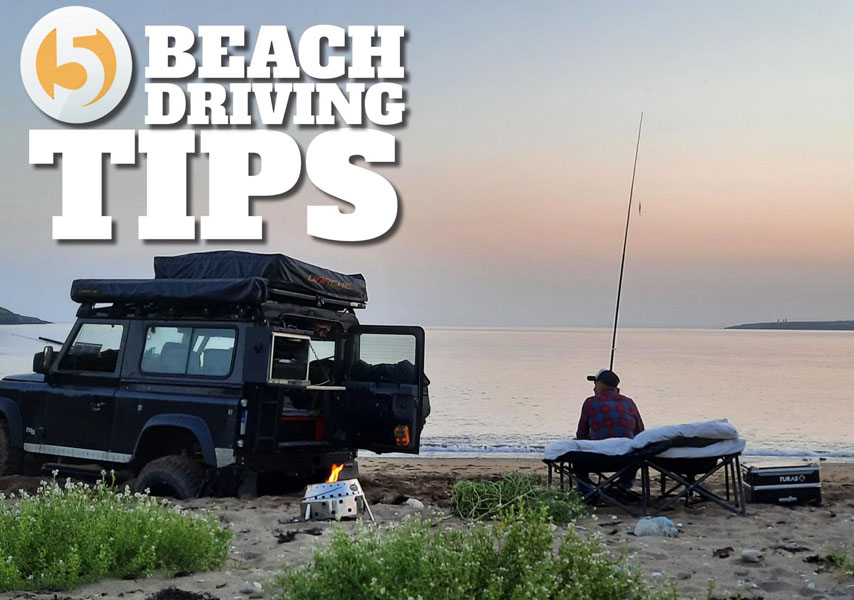
Following a recent weekend fishing trip on a beach that I have frequently visited over the years, I ended up getting bogged pretty badly. I have tackled this beach numerous times over the last few years and this was the first time that I got into a situation that could have been a disaster.
Having let the tyre pressure down prior to driving onto the beach I decided to take a slightly different route which was closer to the tide line. The tide was on the way in and I needed to get on higher ground before mother nature showed me who was boss. I had basic recovery equipment with me that included a snatch strap, two ARB Tred Pro recovery tracks and a shovel. The snatch strap is a lifesaver when caught in this type of situation but when you don’t have anyone to pull you out well it’s pretty useless.The Tred Pros did however help me to get the vehicle above the tide line after a couple of hours of making some very slow progress. Anyways to bring a long story short, this could have been a disaster and the experience just refocused my attention on how important it is to be prepared when tackling beaches. So here are a couple of tips.
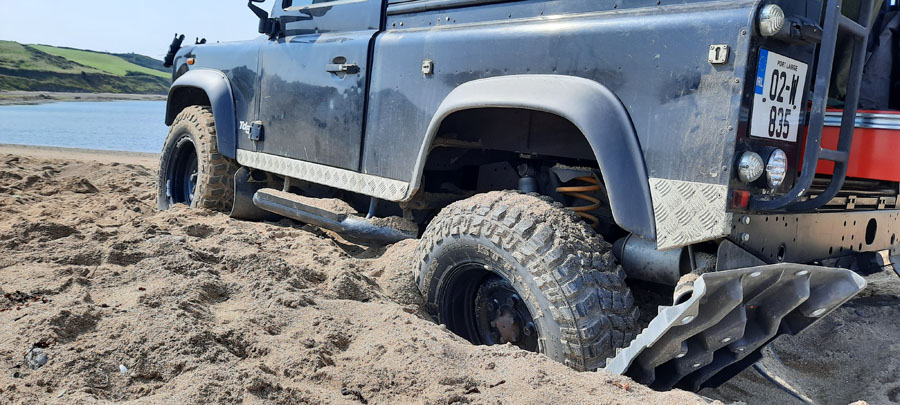
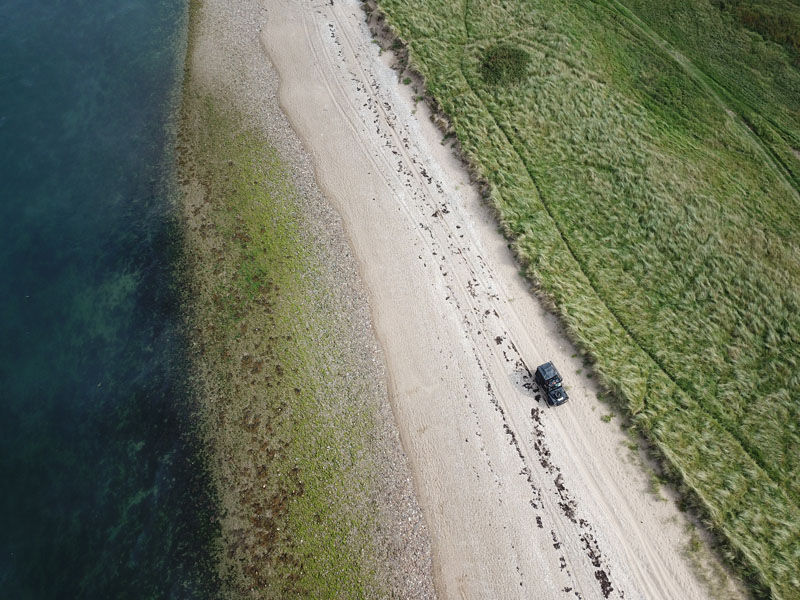
1. Tyre Pressures
First of all, before you go onto the beach make sure you reduce your tyre pressure, yes it’s a bit of a hassle but you will be amazed by the difference it makes. Increasing your vehicle’s footprint allows you to make much better progress by improving traction when driving on the sand. If you get stuck you also have a much better chance of getting out with reduced tyre pressure. So how far should you reduce your tyre pressure too? you will have to judge the situation depending on how stuck you are in the sand, always be mindful when going too low you could risk not having enough- pressure to keep the bead on the wheel and as a result, the bead could pop off the wheel.
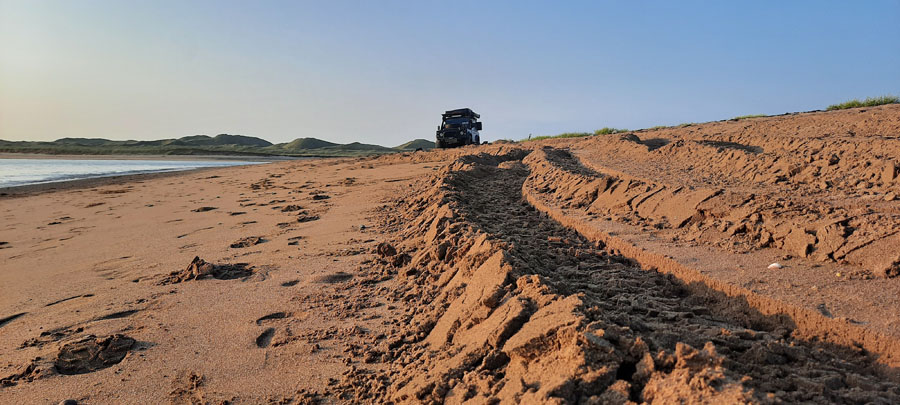
2. Use a Shovel
Clear the sand from underneath your vehicle
Always use a shovel to clear the sand from underneath your vehicle and in front of your tyres before trying to get out. The last thing you need to contend with is having your chassis stuck in the sand and creating unnecessary drag. It’s bad enough being bogged without having to drag a load of sand with you when trying to get out. Accelerate slowly until you grip the tracks and increase acceleration if necessary.
3. Recovery Tracks
Ideally, you should have access to four tracks, particularly if you are travelling solo, one for each tyre will help prevent other tyres from spinning and making a bad situation worse. The tracks we use are the ARB Tred Pros. In this situation if I had more than two tracks on board it would have made it much easier to get out, not everybody wants to carry 4 tracks but it does make a huge difference when available.
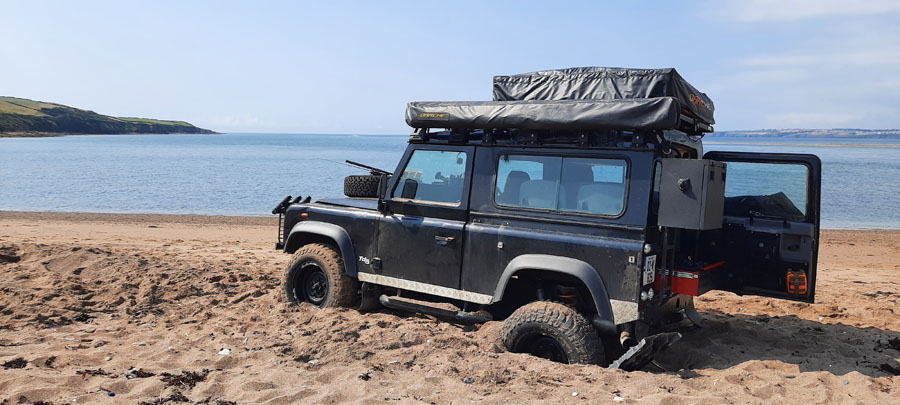
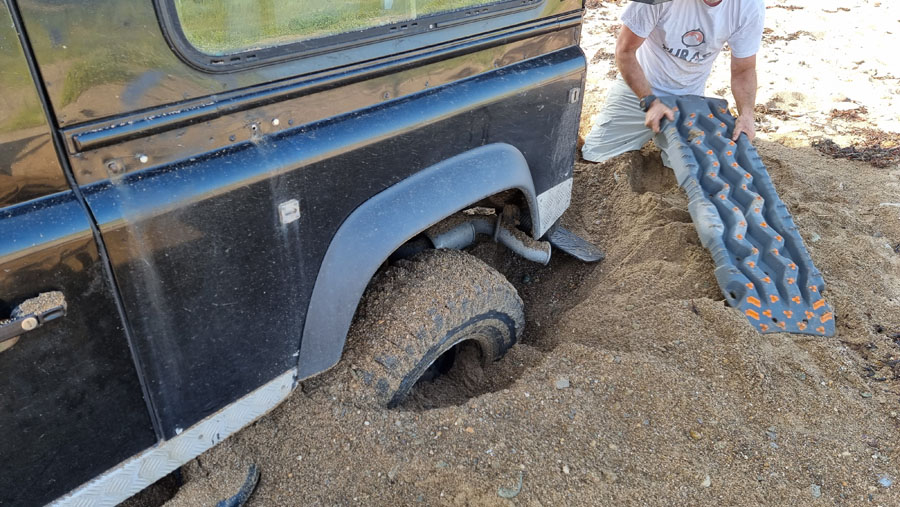
4. Acceleration
When the tracks are in place and you have cleared the sand from underneath your vehicle, don’t be tempted to accelerate too hard as this can spit out your tracks, cause your wheels to spin in the sand and actually make things worse. Also, don’t allow your wheels to spin too much on your tracks as you can damage the teeth on your tracks. When you get moving you need to accelerate, don’t be afraid to give it plenty of pedal, momentum is your friend when moving on the sand, you don’t want to get stuck again by driving too slow.

Soft Shackles are always useful to have in the back of your 4WD. Euro4x4parts have an extensive range of soft shackles in their catalogue with a break load rating ranging from 5000 KG to 26,000 KG
5. Patience
Take your time, it is always best to assess the situation and don’t cut corners when clearing sand from under your vehicle. Of course, if the tide is coming in, time will obviously not be on your side, but be conscious that by not giving yourself the best chance to get out you could end up being badly stuck, and we have all seen what can happen.
1.DEFLATE YOUR TYRES
2.CARRY A SHOVEL
3.RECOVERY TRACKS
4.MOMENTUM
5.PATIENCE
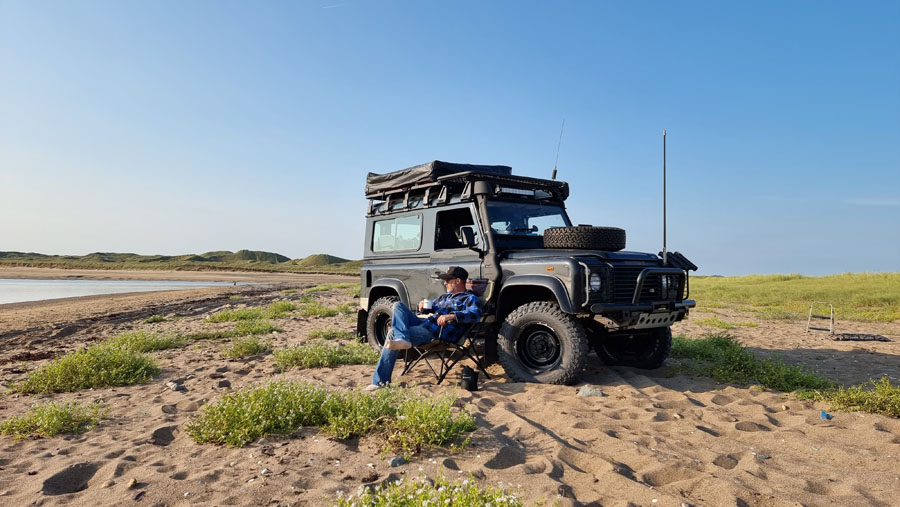
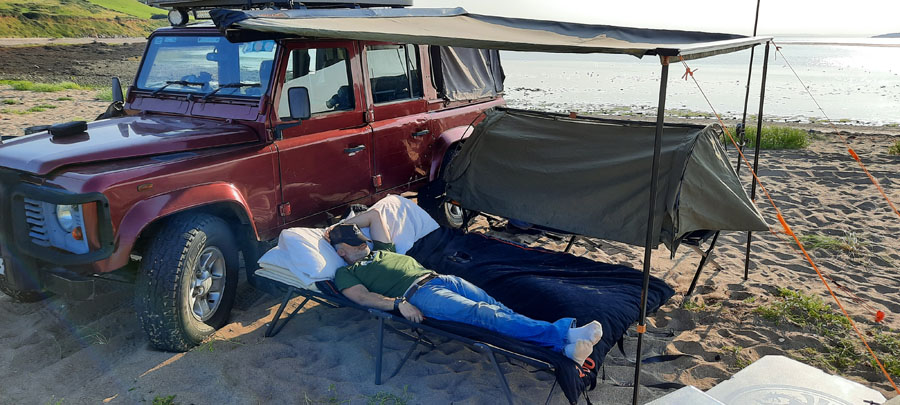
MUD TERRAINS VS All TERRAIN
Well, the answer to this is it really depends on who you are talking to…. truth is for us we have had more issues getting stuck using mud terrains than we have had using all terrains. Obviously the same applies to both mud and all-terrain tyres when tackling the beach, airing down is key as it will increase your footprint. Some experts will tell you that mud terrains’ more aggressive patterns will grip the sand better but on the downside, they can also create a strong resistance making things more difficult. If your vehicle has plenty of horsepowers it has been said that a mud terrain works better in the sand whereas a less powerful vehicle like an SUV would be better using all terrains. The jury is out…..
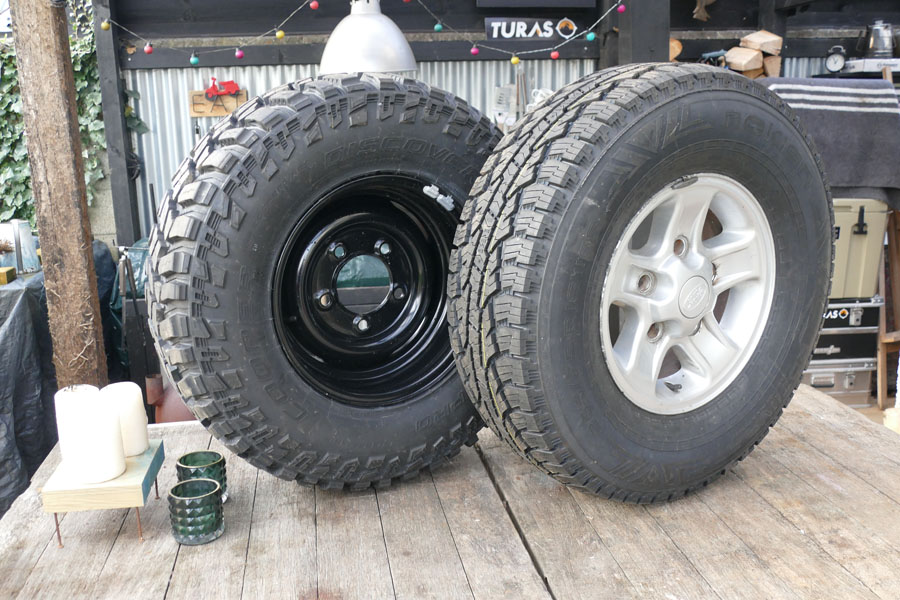
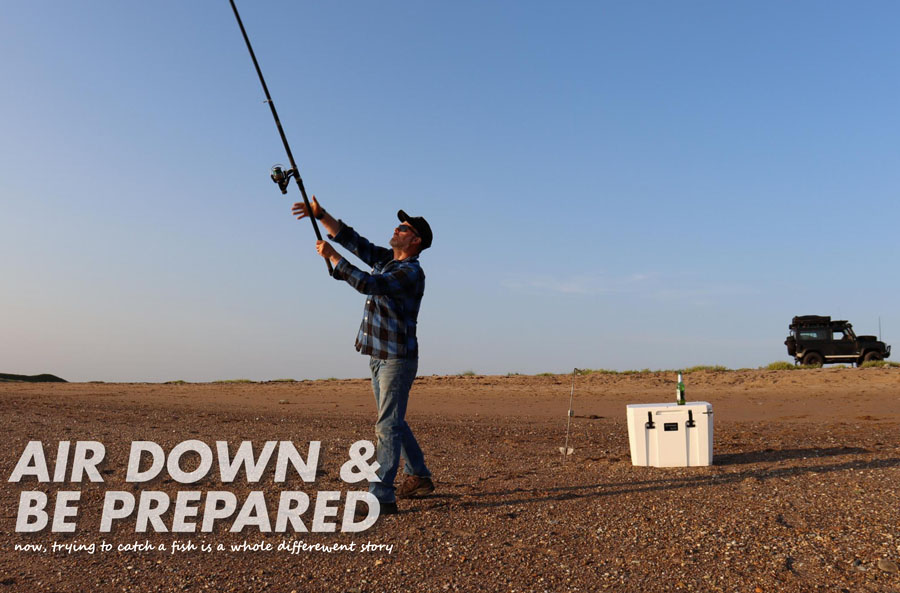

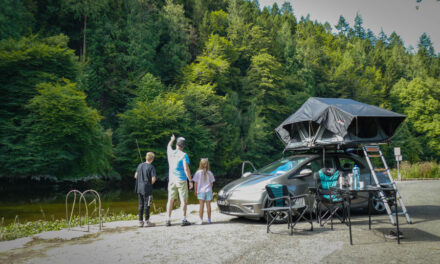

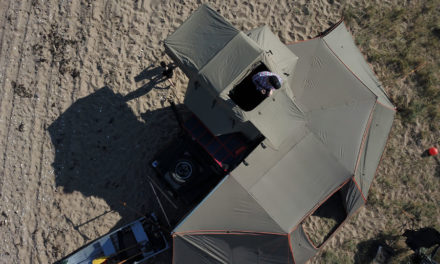
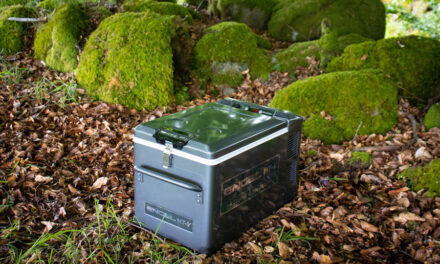
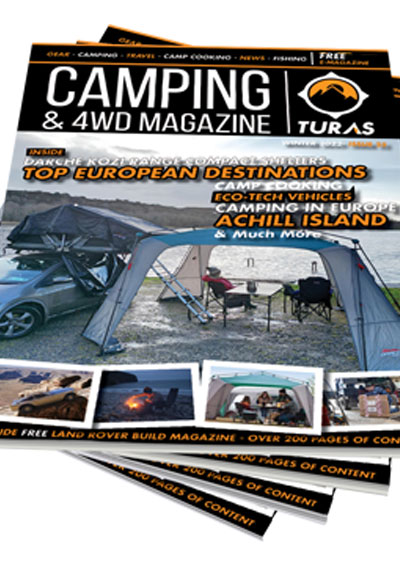

Recent Comments